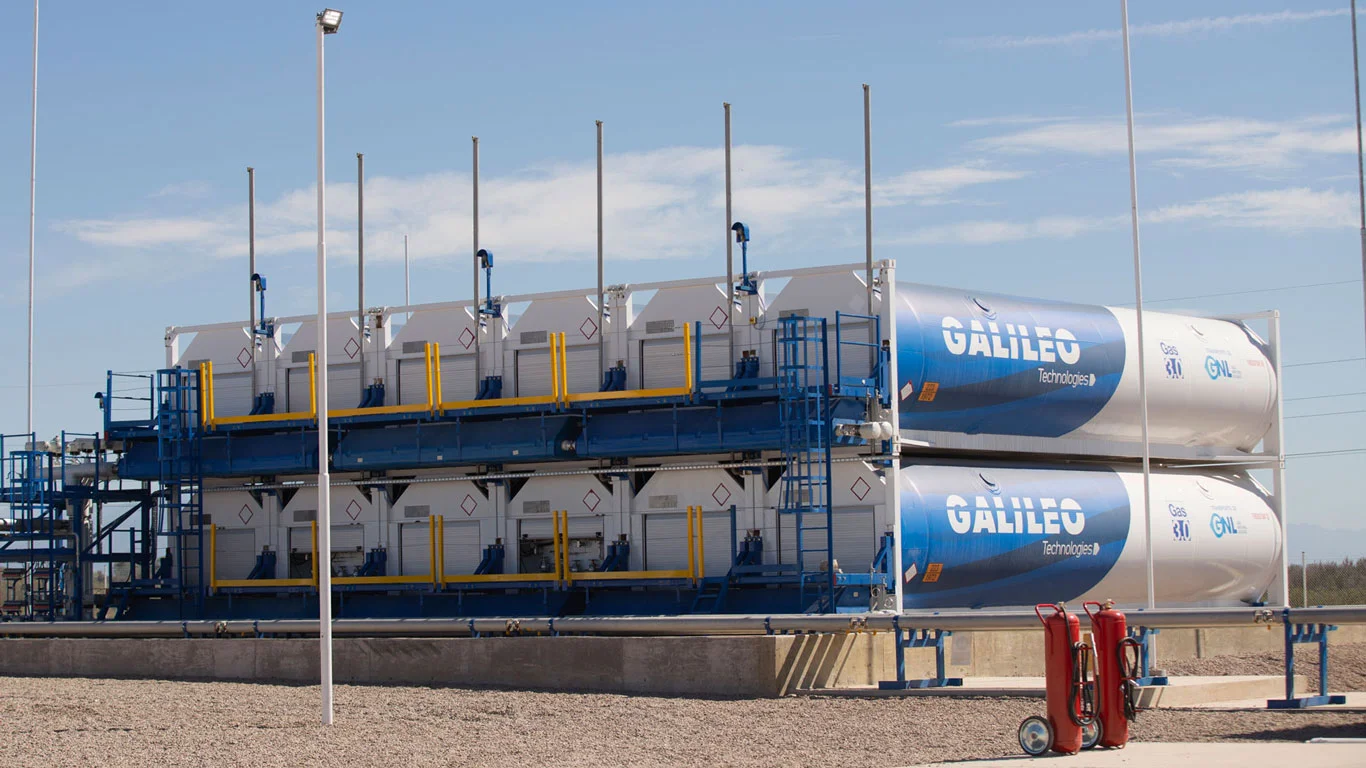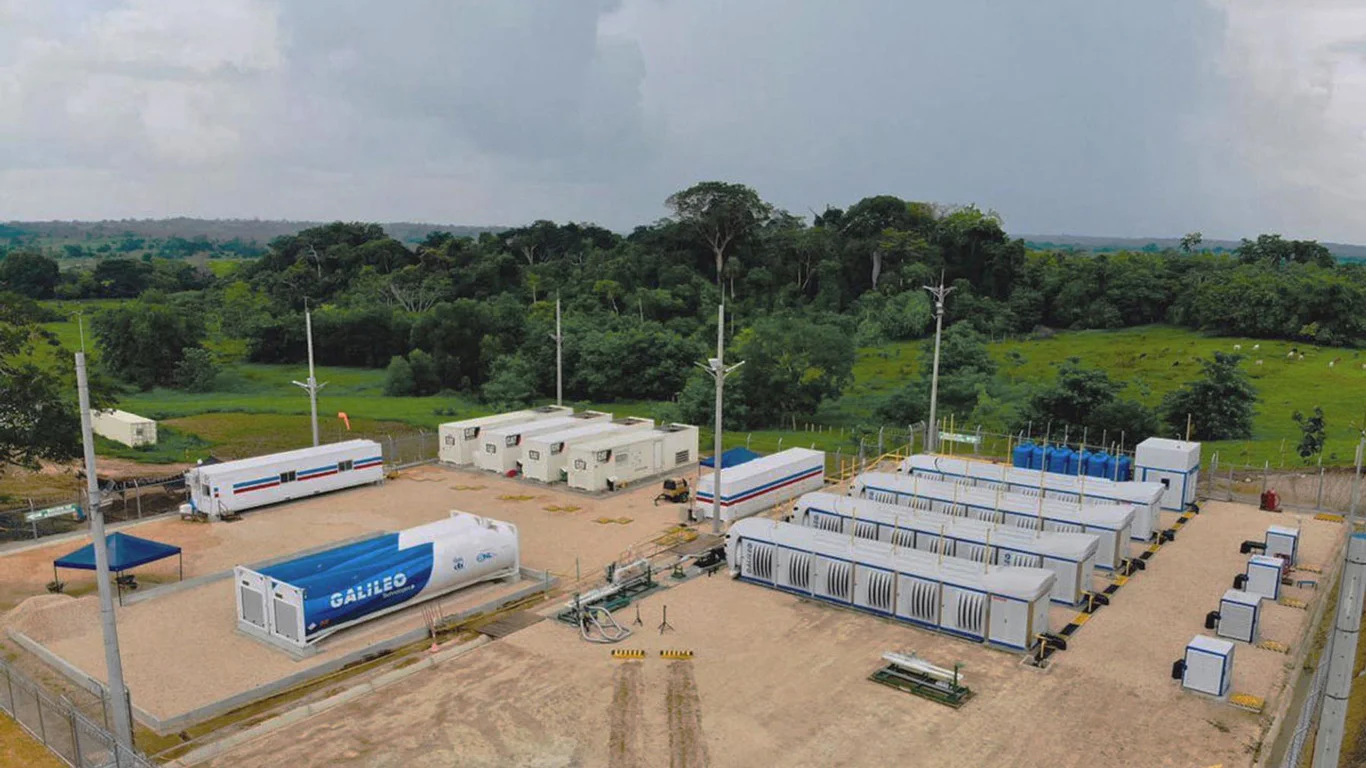29 OCT 2025
A persistent image in oil production is the steady flame illuminating the night sky. For decades, the upstream sector regarded this as a routine aspect of operations. However, continued combustion of associated gas results in significant energy and economic losses, as well as adverse climate impacts. Recent data indicate that global flaring levels have returned to approximately 140–150 billion cubic meters per year, similar to the highest levels of the past decade. This ongoing issue represents a dual loss for both corporate financial performance and environmental sustainability.

What Flaring Is and Why It Persists
Flaring refers to the controlled combustion of natural gas produced in conjunction with crude oil extraction. This process differs from venting, which involves the direct release of gas without combustion. Ideally, associated gas should be captured and utilized; however, in practice, flaring occurs when infrastructure for gas utilization is unavailable.
The reasons are operational (to relieve pressure and prevent dangerous buildup), infrastructural (lack of gathering, compression, or conditioning facilities), economic (very low gas prices or distant markets), and regulatory (permits that are delayed or unevenly enforced).
In isolated or low-production fields, the perceived high cost of capturing and transporting gas, particularly in countries with subsidized local prices, has resulted in associated gas often being regarded as a byproduct with minimal value.
Additionally, flaring systems often operate inefficiently or remain unlit, resulting in the release of methane alongside carbon dioxide. Over a 20-year global warming potential (GWP20) timeframe, methane retains approximately 80 times more heat than carbon dioxide. Consequently, each cubic meter of methane not combusted contributes significantly to short-term climate change.
Environmental, Energy, and Economic Impacts of Gas Flaring
Combusting natural gas primarily converts it to carbon dioxide; however, incomplete combustion allows methane to escape. Methane is the dominant driver of near-term global warming. Therefore, reducing flaring and venting constitutes one of the most effective immediate mitigation strategies for the oil and gas sector.
At the local scale, flaring emits soot (black carbon) and additional pollutants that deteriorate air quality. Furthermore, light and noise pollution from flares negatively impact both working conditions and nearby communities.
From both energy and economic perspectives, flaring incurs significant opportunity costs. The gas could otherwise be used for electricity generation, substitution of higher-cost industrial fuels, grid injection, or conversion into compressed natural gas (CNG) or liquefied natural gas (LNG) for remote markets. When a feasible evacuation route exists, continued flaring indicates operational inefficiency.
Global and Regional Overview of Gas Flaring: Volumes, Trends, and Costs
In 2022, the global volume of flared gas fell to around 139 bcm [billion cubic meters] (–3% vs. 2021), the lowest level since 2010, thanks largely to reductions in Nigeria, Mexico, and the United States. However, this trend quickly reversed: by 2023, flaring had risen again to roughly 148 bcm, and the most recent data suggest that the world remains close to the highs of the past decade.
Thus, global gas flaring volumes have remained within the 140–150 billion cubic meter range for several years, indicating persistent structural stagnation in mitigation efforts.
Regionally, the pattern varies but repeats familiar dynamics. The Middle East and North Africa (MENA) region accounts for high volumes due to the scale of production and the distance from major demand centers; in this region, integrated projects that combine compression, conditioning, and processing are already converting part of that gas into electricity and LPG for residential use.
Russia and Central Asia/Caucasus maintain elevated levels because of dispersed assets and limited infrastructure. Sub-Saharan Africa shows sustained reductions where effective penalties, reliable measurement, and third-party participation are in place. Latin America alternates between peaks and improvements, depending on evacuation capacity and regulatory consistency.
In North America, flaring intensity (gas burned per barrel produced) has declined over the decade thanks to more gathering connections and stricter standards, although temporary rebounds still appear when midstream infrastructure lags behind production.
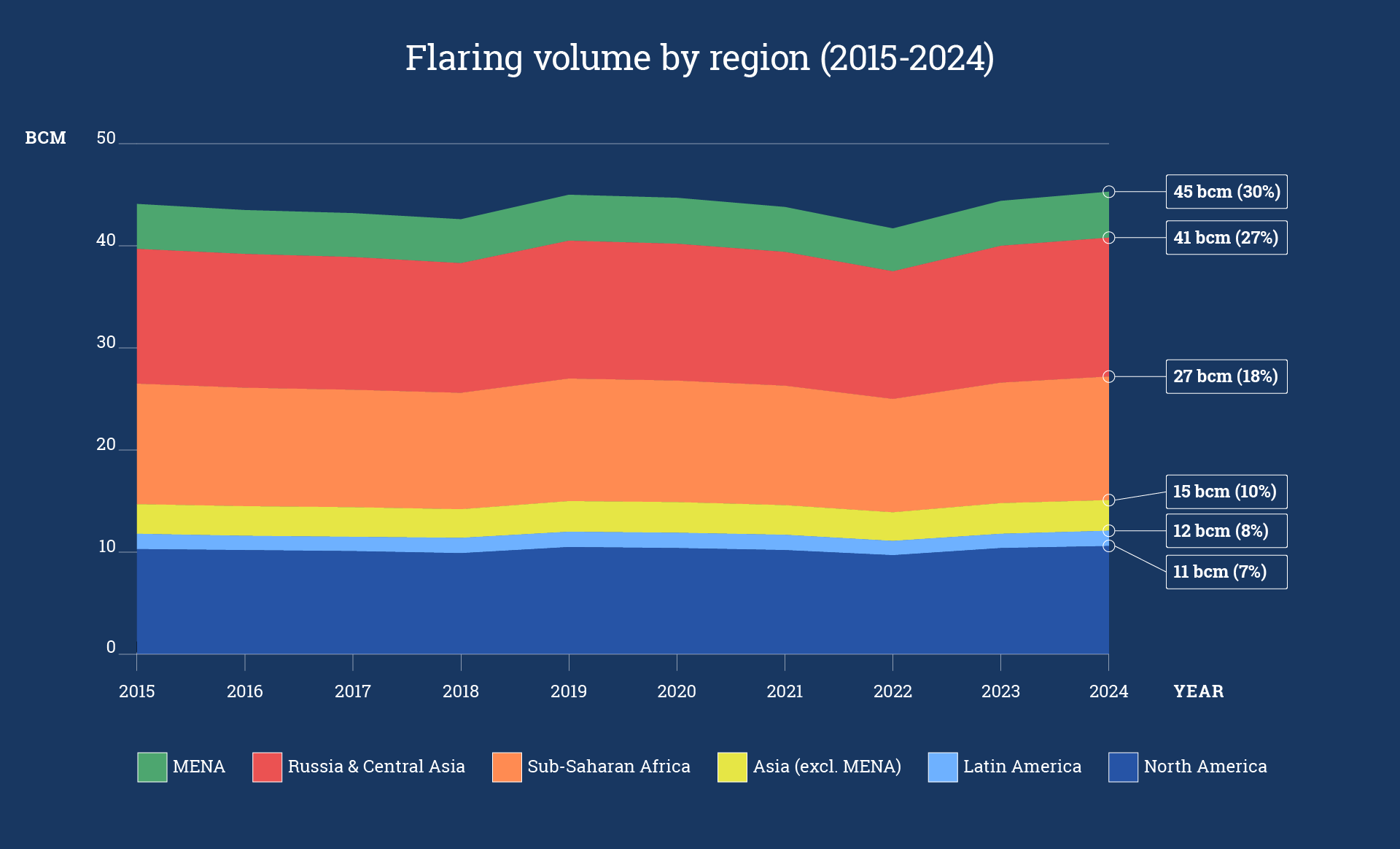
Alternatives to End Flaring (and Create Value)
Multiple technical solutions to reduce flaring are currently available and in use. The optimal approach depends on factors such as gas flow rate and composition (including carbon dioxide and hydrogen sulfide content), proximity to consumption or injection points, implementation timelines, and the underlying business model.
On-site power generation (gas-to-power). Converting gas into electricity using engines or turbines allows operators to power their facilities and, when the grid permits, inject surplus power. It’s a direct route where there’s nearby electrical demand, reducing diesel costs and improving operational continuity.
Reinjection. Returning the gas to the reservoir maintains pressure (improving recovery) or provides temporary storage. It doesn’t always monetize immediately, but it eliminates emissions now and preserves the resource for future use.
Pipeline connection. Where a network exists—or can be feasibly expanded—collecting, conditioning, and compressing gas to injection quality is, by efficiency, the preferred option. In dispersed assets, the key is to develop a gathering strategy—deciding which wells to connect first.
CNG (short/medium virtual pipeline). Compressing and transporting gas in modular containers allows moderate flows to be evacuated over short or medium distances, with limited CAPEX and fast commissioning.
Mini-/micro-LNG (long virtual pipeline). On-site liquefaction using modular trains makes it possible to move energy in cryogenic ISO tanks over long distances, without a pipeline. Modularity enables staged expansion and shortens time-to-first-gas.
Niche alternatives. GTL (gas-to-liquids, including methanol) typically requires large CAPEX and scale—useful only in specific cases. There are also tactical options like on-site cryptocurrency data centers, which reduce flaring and generate temporary revenue where no grid or immediate market exists, while permanent solutions mature (a complement, not a core strategy).
Comparative experience reveals a pattern: without infrastructure, CNG or mini-LNG are often the first steps to turn the flare into cash flow; where electrical demand exists, gas-to-power delivers quick impact; and when the priority is immediate emission reduction, reinjection works as a “bridge” until a commercial route is ready. In all cases, gas conditioning—removal of CO₂ and moisture—is the first technical link in the chain.
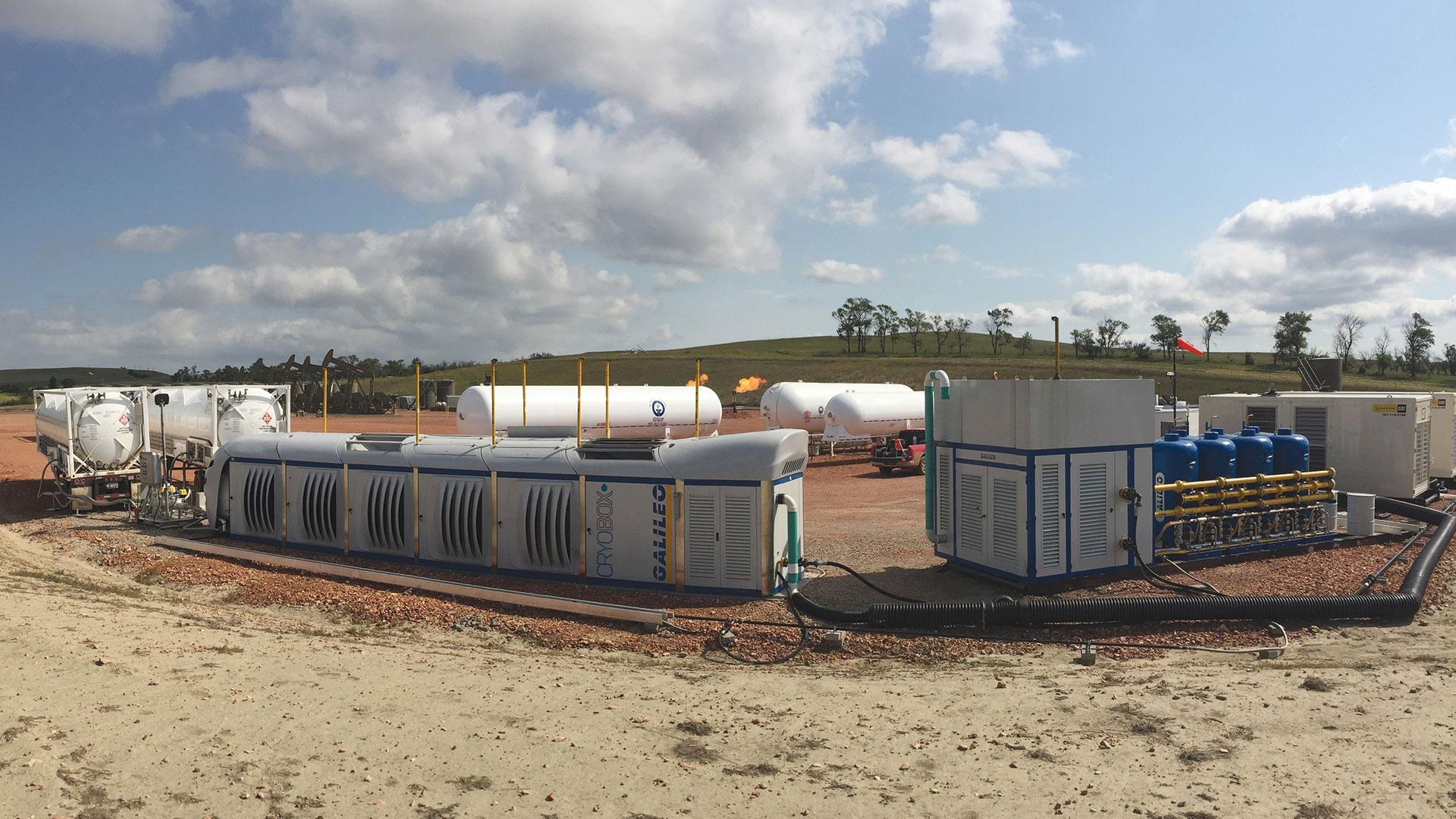
Regulatory Signals and Commitments
Methane alone has accounted for roughly 30% of the global temperature rise since pre-industrial times, and the oil and gas sector is one of the largest sources of anthropogenic methane emissions. For this reason, reducing flaring (and venting) is recognized as one of the most immediate and high-impact climate actions available. In acknowledgment of this challenge, several global initiatives and commitments have been launched to eliminate routine flaring and cut methane emissions (methane is ~80× more potent than CO₂ over a 20-year period).
Zero Routine Flaring by 2030 (ZRF). Launched in 2015 by the World Bank together with the UN Secretary-General, this initiative calls on governments and companies to avoid incorporating routine flaring in new developments and to eliminate existing routine flaring no later than 2030. Based on recent data, the Bank itself warns that without accelerated measures, the target appears increasingly out of reach.
Global Methane Pledge. Launched at COP26 (2021) by the European Union and the United States, it aims to cut global methane emissions by 30% by 2030 (relative to 2020), with actions focused on energy, waste, and agriculture. Within the energy sector, oil and gas stand as the primary front for rapid mitigation potential.
Capital market signals (Texas). In 2020, investors managing more than USD 2 trillion urged the Texas Railroad Commission to end routine flaring by 2025, stating that voluntary measures were insufficient. This marked a clear example of how flaring has evolved into both a regulatory and financial risk.
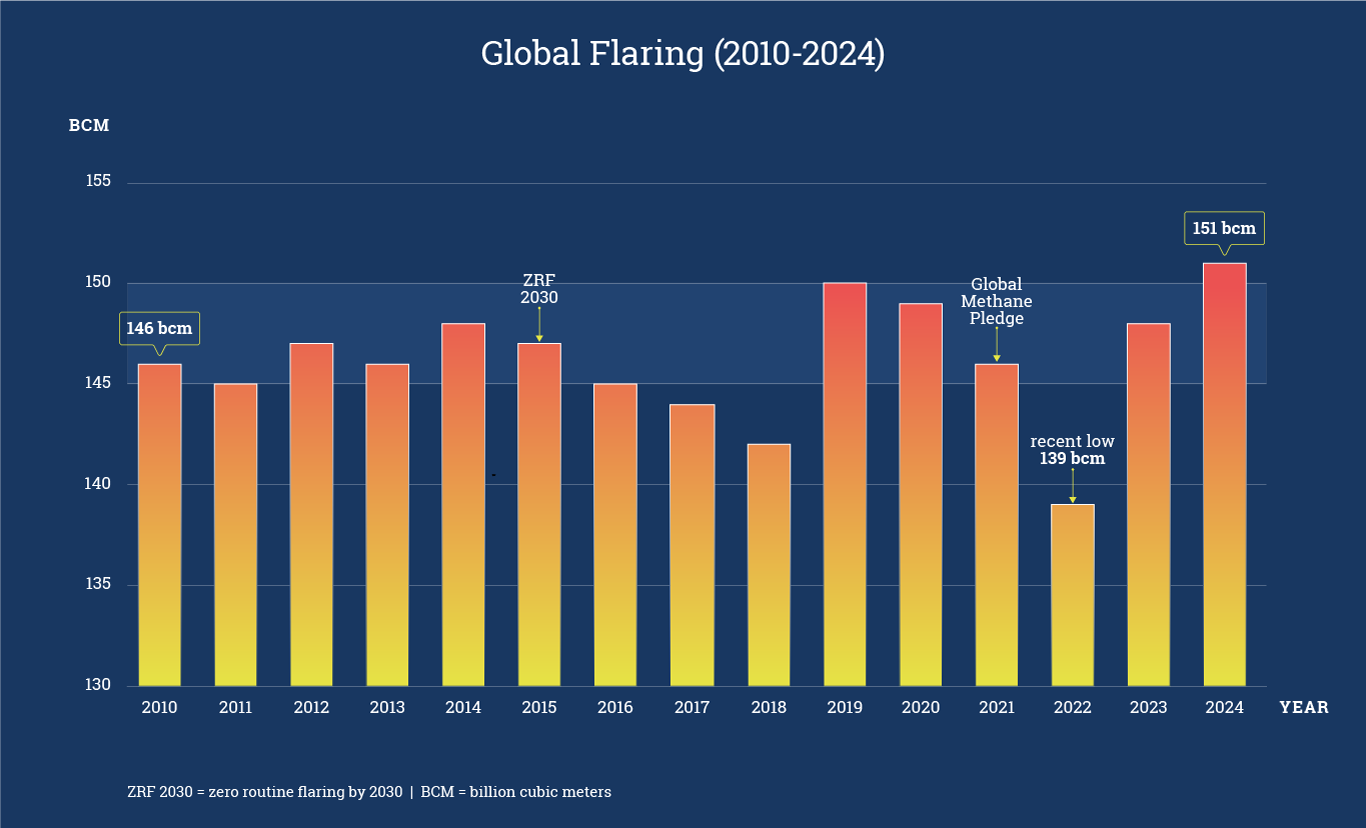
Successful Experiences Worldwide
Across the globe, numerous projects demonstrate that sharply reducing flaring is achievable when the right technical and regulatory conditions are in place. These cases serve as references for replicating models in other regions, adapting to each site’s gas composition, flow rate, and market context.
Permian Basin / Texas — when pressure rises, flares fall.
The basin experienced flaring peaks when evacuation capacity was insufficient, followed by declines once new pipelines and tighter controls came online. Following investors’ public call for “zero routine flaring by 2025,” several operators improved measurement, installed temporary connections, implemented gas-to-power solutions for isolated sites, and developed CNG/mini-LNG chains to move gas offsite. As evacuation capacity increased, flaring intensity dropped even as production grew.
MENA — from smoke to supply: electricity and residential LPG.
In large fields, public–private frameworks integrate compression, conditioning, and processing to generate electricity and produce LPG for residential use from gas previously flared. Progress varies by country, but the pattern is clear: integrated projects plus demand contracts cut flaring while improving energy security.
Nigeria — rules, measurement, and third parties.
Clear zero-routine-flaring targets, volume-based fees, and monitoring programs have driven sustained reductions. Opening the market to third-party operators for gas capture and utilization unlocked investment and accelerated modular gas-to-power, CNG, and mini-LNG projects in dispersed assets. (Patterns reported by the World Bank / GGFR.)
Galileo — modular capture and on-site mini-LNG.
Plug-and-play solutions to condition gas at the wellhead (CO₂ and moisture removal) and convert part of the flow into on-site LNG, transported in ISO tanks as a virtual pipeline. Modularity shortens delivery time and allows scalable capacity where no pipeline exists.
Stop Burning, Start Adding Value
The global issue of gas flaring should no longer be considered an unavoidable consequence of oil production. Instead, it represents a missed strategic opportunity. As the energy sector advances toward sustainability and efficiency, the continued combustion of large volumes of gas each year, resulting in wasted energy and increased climate risk, is both unacceptable and preventable.
The data reveal both the magnitude of the challenge (over 140 bcm per year worldwide, concentrated in a few regions) and the scale of the opportunity: cutting millions of tons of CO₂ and methane emissions, saving billions of dollars, and adding new energy to the market.
The persistent issue of gas flaring is solvable, enabling the transformation of what was previously considered unavoidable waste into a valuable resource for a sustainable energy future. Eliminating the combustion of unused gas is among the most practical and attainable strategies to align hydrocarbon production with climate objectives.
Sources
- World Bank / GGFR — Global Gas Flaring Tracker Report 2025; Global gas flaring hits highest level since 2007 (press release, 2025); Global flaring data hub (NOAA/VIIRS datasets); Global Gas Flaring Jumps to Levels Last Seen in 2009 (press release, 2020). – https://www.worldbank.org/en/programs/gasflaringreduction
- Allen, G. et al. (2022). – Inefficient and unlit natural gas flares both emit large quantities of methane. Science. DOI.
- University of Michigan (2022) – Flaring allows more methane into the atmosphere than we thought.
- Global Methane Pledge (COP26, EU & U.S.) — https://www.globalmethanepledge.org
- Zero Routine Flaring by 2030 (World Bank / UN) — https://www.worldbank.org/en/programs/gasflaringreduction/zero-routine-flaring-by-2030
- OGCI — Reducing Methane Emissions / Aiming for Zero Methane
- Bloomberg / WorldOil (2020) – Investment Giants Urge Texas to End Most Natural Gas Flaring
- The Guardian (2025) – Gas flaring created 389m tonnes of carbon pollution last year, report finds.




